You just read the title of this blog and I know what you’re thinking (or voicing aloud): “Come on, Greg, really? Us hunters and anglers need to be physically fit?” After all, aren’t we just sitting in blinds and boats or on the bank?
Au contraire.
Think about those long walks early in the morning or later in the afternoon getting to where you want to go. You’re tromping through muddy fields, taller grass, mucky marshland or dense woods … Oh yeah, with gear in tow.
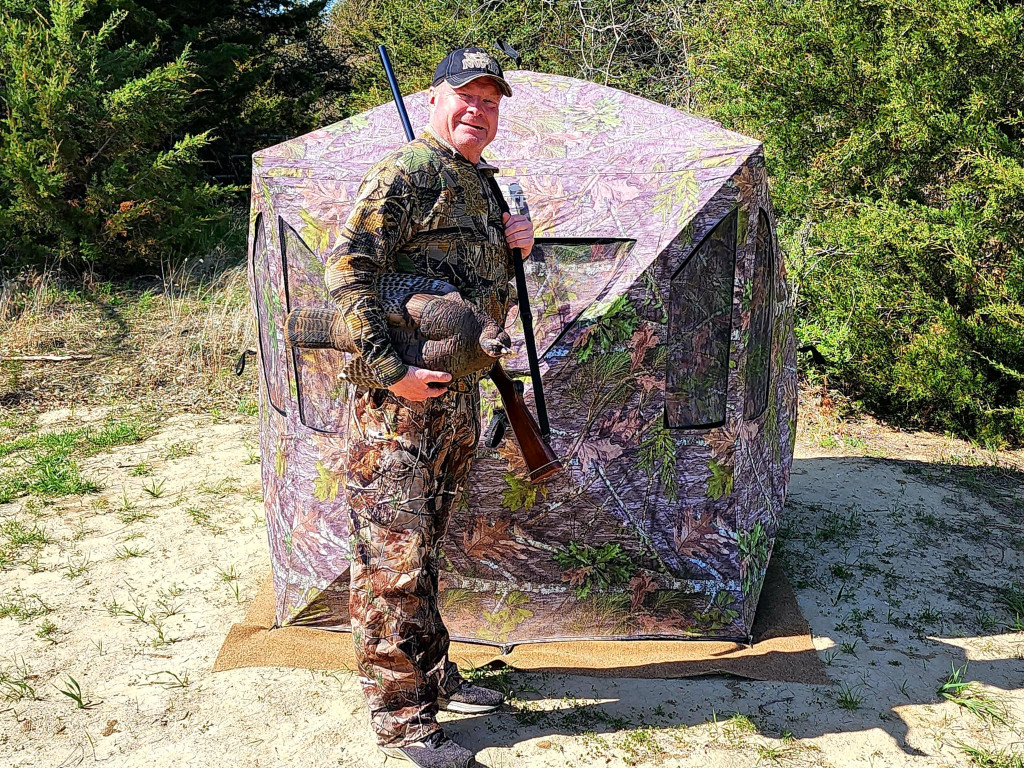
And think about those long hot days in the summer sun, working the endless yards of rocky shoreline and the countless casts for catches of your favorite game fish.
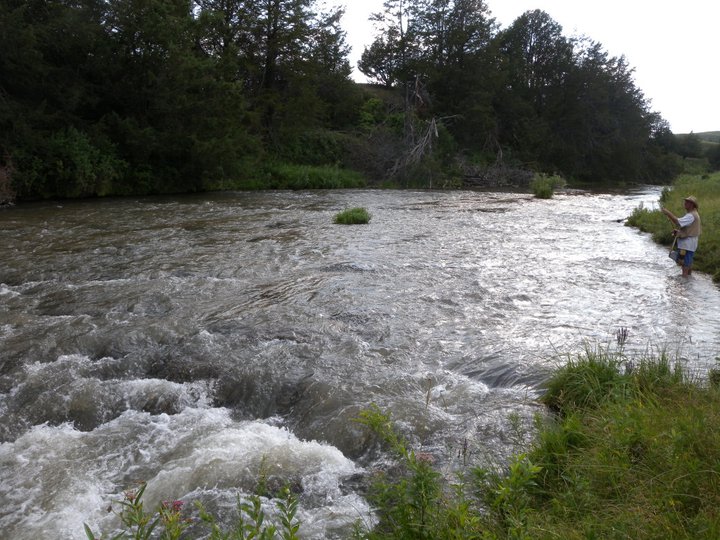
We traverse over uneven terrain or through high grass.
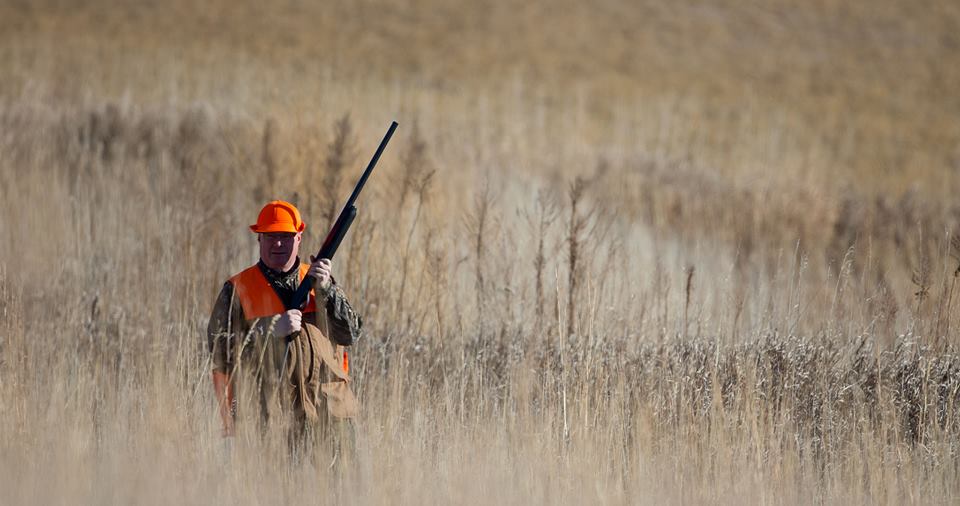
We battle the wind, rain, snow, sleet, ice, heat and humidity. We wade against the currents of rivers and streams and the wave action of reservoirs and lakes.
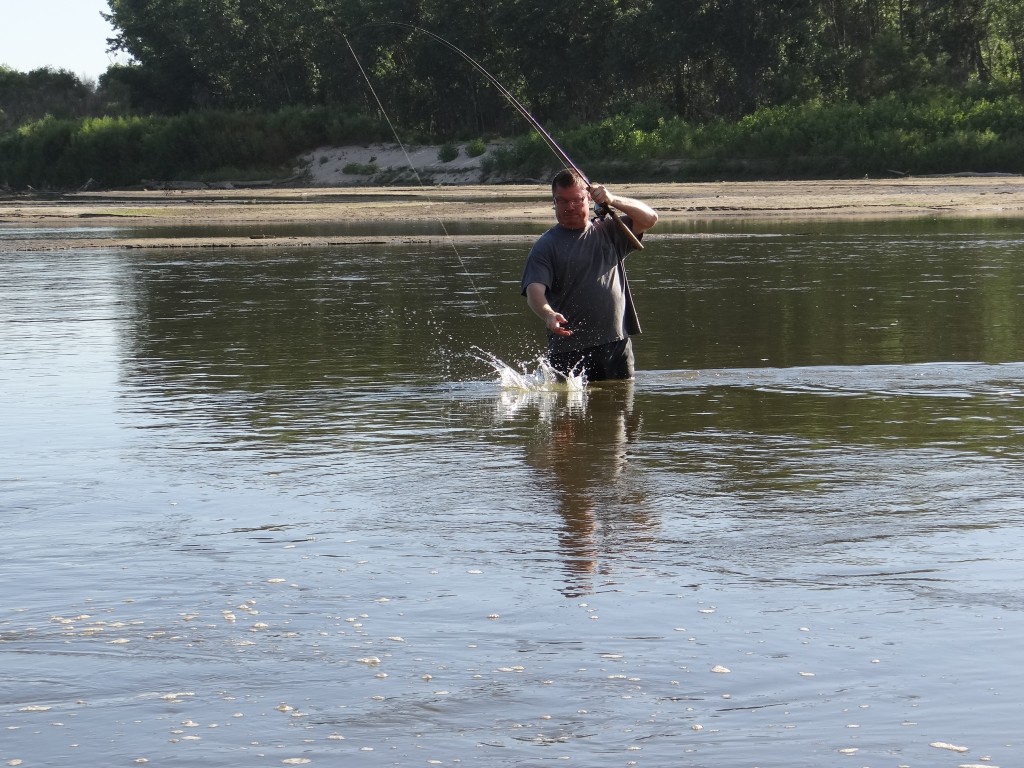
We all have to walk a ways typically wearing multiple layers of clothing while carrying heavy gear particularly in winter, early spring and fall.

We have to climb, lean, bend over, lie prone, squat, kneel, sit, stand, crawl and carry equipment and animals; often times repetitively.
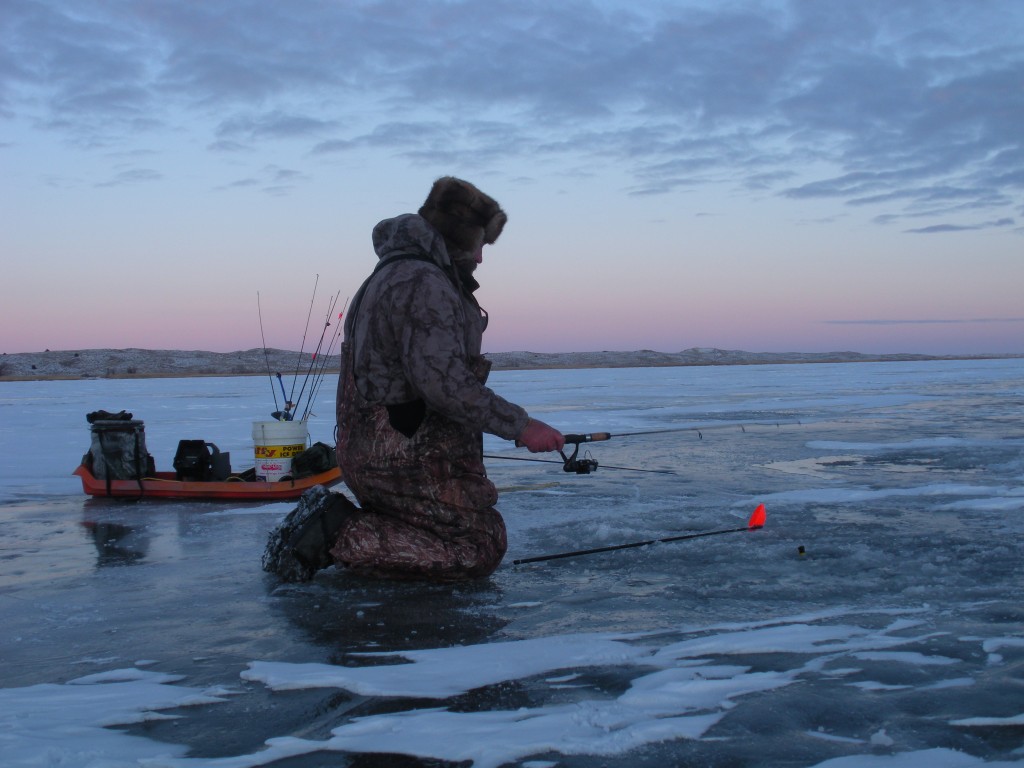
You see what I mean.
I know that hunting and fishing may not have the consistent cardiovascular intensity of something like long-distance running, swimming, cycling, soccer or hockey, but it is hardly less tiring.
When we hunters and anglers take to the woods and waters on many weekends throughout the year in order to experience life in its most exciting and primitive form, it does mean a workout. It does mean intense physical exertion! So, it sure makes sense that those of us who hunt and fish need to be taking care of our bodies all year long with diet, stretching, exercise and good sleep.
Here are some things to consider.
Overall Health Benefits
According to physicians at the Mayo Clinic, regular exercise can help you control your weight, reduce your risk of heart disease and injury, bolster your immune system and strengthen your bones and muscles. But if it’s been awhile since you’ve exercised and you have health issues or concerns, they stress it’s a good idea to talk to your doctor before starting a new exercise or wellness program. Most likely, a thorough, complete physical examination will be required.
Getting the Keys to Wellness
Getting the keys to a successful wellness plan is major benefit to your entire lifestyle and could end up prolonging or saving your life! A multitude of research shows that increased cardiovascular fitness isn’t just healthy, it’s what is called a modifiable indicator of long-term mortality (it helps you live longer).
Consistently follow an exercise routine and mix in some stretching, a healthy diet, little motivation and strong dose of commitment. The toughest part is just getting started. Coming up with a productive, well-rounded workout routine can be overwhelming. Should you lift weights, do crossfit or cardio (aerobics), jog, bike, hike, swim, or hire a personal trainer at a health club? Should you be in a yoga or pilates class? There is no right or wrong answer because everyone is different, and most important, anything is better than nothing. Remember to start slowly and then gradually increase your workouts. Look, if you’re currently sedentary, then any exercise is an improvement! Maybe you’ll begin by walking laps around your neighborhood block and slowly increase the threshold of the workouts (intensity, duration and distance).

The Safety Factor
Hunters and anglers who lack a certain level of physical fitness are putting themselves and even others at risk every time they go hunting or fishing. The simple fact that both hunting and fishing involve firearms and fillet knives, rural or remote areas, and changeable weather, guarantees a certain level of innate risk. Add a low level of physical fitness and an unexpected increase in exertion and you have the potential for a disaster! Be mindful that unforeseen predicaments can happen with outdoor activities. Just think: What if your UTV breaks down? What if you must pursue a wounded animal or drag a deer out by yourself? What if you have to wade out in chest-deep water to untangle fishing line or retrieve a prized fishing lure?
Go Further
It stands to reason that being in good physical condition will allow you to progress further in distance when hunting and fishing. By being able to walk more and cover rougher terrain or shoreline without rest breaks, you increase your odds for success. Covering more territory inevitably leads to more opportunities.
Build Balance and Stability
The stronger your muscles, the sturdier they are and the better balance they provide when under stress. If you’ve ever walked through the dark woods carrying a portable pop-up blind and a bow and pack in your hands, you know how having strength, stamina and balance are all necessary in the field.
Retain More Muscle
Research conducted by the Mayo Clinic indicates that adults lose between five and seven pounds of muscle every decade after age 20. Exercise helps prevent this loss of muscle and strength, and assists in rebuilding what you may have lost.
Lose Weight
A regular exercise routine increases your metabolic rate causing your body to burn more calories throughout the day and enabling you to lose weight more effectively. Weight loss gives you more energy and lets you move more efficiently and quietly by not having to breath as hard.
Reduce, Help Eliminate Low Back Pain
Lugging bags of snow goose decoys across a muddy field or a large, tiered tackle box along a reservoir or river bank are not the most “back-friendly” outdoor activities. A consistent exercise program coupled with a basic stretching regimen will certainly help your back handle those stresses and recover from them more quickly, with less or no pain.
Improve Flexibility
Better flexibility through stretching improves your performance in any physical activities and decreases your risk of injuries by helping your joints move through their full range of motion. Stretching not only lets your muscles work to their maximum extension but also increases overall blood flow.
Eat Better, Get More Energy
Proper nutrition and the timing of what you eat can do wonders to make you feel alert and powerful. Nutrition essentials come down to monitoring quantities and eating a variety of wholesome foods that support your health. Want to go beyond the basics? Talk to your physician or a dietitian for personalized dietary advice that takes into account your age, health status, lifestyle, and food likes and dislikes. Wild game meat should be included in a dietary plan as it is lean protein with low fat content.
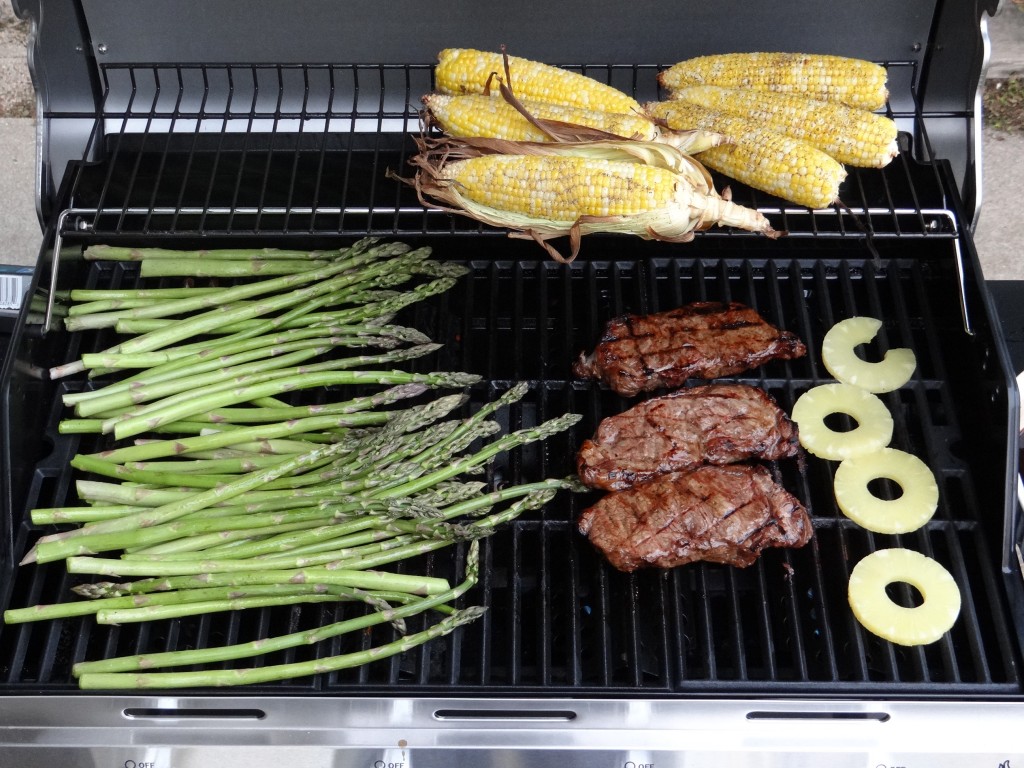
Exercise for Good Sleep
Exercise may be the best prescription for good sleep. Scientists at Northwestern University say sleep problems affect millions of adults, who could likely improve their quality of sleep, vitality, and mood with frequent exercise. Their studies indicated that cardio workouts especially helped adults to get their optimal seven and nine hours of sleep each night.
Being fit is a way to greatly improve yourself as a hunter or an angler, but it will certainly benefit all aspects of your life as well! Seriously, it doesn’t take a lot of equipment or time to get into shape. You just need to make the workouts you choose part of your everyday life.

If you hunt or fish, ask yourself: How fit am I?
The post Get Fit for Hunting and Fishing appeared first on Nebraskaland Magazine.
















